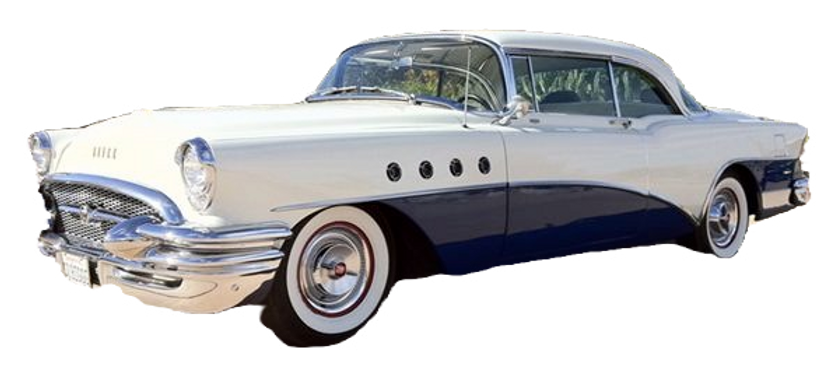
Legal Shield
John Hairston
Director
918.262.1472
jhjonathan306@gmail.com jthairston1st.legalshieldassociate.com
Victor Green, postal worker by day and travel writer by night, saw a problem...you had to get to your favorite niece's wedding in Detroit, your nephew's graduation in Selma, you wanted to see your first grandchild a thousand miles away, and nothing was stopping you from seeing every Negro League team in America. Victor Green found a solution for African American travelers. And, from 1933-1963, Green also found profits by publishing The Negro Motorist's Green Book as a "way when there was no way" for Black travelers to avoid difficult and dangerous white supremacy while driving through segregated Jim Crow America. Black road-trippers during those 3 decades depended on the Green Book's recommendations for friendly, safe gas stations, restaurants, lodging, and other services.


MRS. ANNA NETHERLAND
Wife of Rev. Netherland, Patstor, First Baptist North Tulsa
VISIT HISTORY PIN @ historypin.org
Take a look at our map of some of the over 1,400 Green Book Tourist Homes. Most were run by women; women who stood up to white supremacy and segregation.
Click on a pin and learn more.
Anna Netherland who lived in Tulsa, Oklahoma, was one of the many women of the Green Book who advertised their hotels, restaurants, beauty shops, and tourist homes.
.......................................................
One of the most unique features of Black travel during the Green Book era was the Tourist Home--the AirBnB of their day. According to historian Henry Louis Gates, tourist homes were "...rooming houses, bed-and-breakfasts, and friends-of-friends’ homes all rolled up into one." In France, Harry Belafonte and Sydney Poitier often stayed at James Baldwin's home in the countryside when films and concerts took them to Europe. Likewise, in the USA, you never knew what talented fellow boarders you might run into in a tourist home listed in the pages of the Green Book. "On the road, shared circumstances and chance had a way of creating conditions for inter-connectivity.” In many U.S. towns and cities, a Tourist Home was the only option for Black travelers. In many towns, they were far better than hotels. In addition, Tourist Homes were not only less expensive than hotels, but had the added intimacy of an actual home environment where travelers could relax and savor a delicious home-cooked meal after hours on the road, unable to stop at most restaurants, as well.




Mike McUsic

Sonya Wallace
GREEN BOOK ROAD TRIP
with
MIKE McUSIC
The Green Book Travelers
on History Pin
and
SONYA WALLACE
Theatre North

.png)


